41 coco dataset labels list
What Object Categories / Labels Are In COCO Dataset? The names in the list include Pascal, ImageNet, SUN, and COCO. In this post, we will briefly discuss about COCO dataset, especially on its distinct feature and labeled objects. tl;dr The COCO dataset labels from the original paper and the released versions in 2014 and 2017 can be viewed and downloaded from this repository. A Dataset with Context Loading data into FiftyOne — FiftyOne 0.16.6 documentation If you have model predictions stored in COCO format, then you can use add_coco_labels() to conveniently add the labels to an existing dataset. The example below demonstrates a round-trip export and then re-import of both images-and-labels and labels-only data in COCO format:
COCO - Common Objects in Context info@cocodataset.org. Home; People

Coco dataset labels list
Create and explore datasets with labels - Azure Machine Learning Export data labels. When you complete a data labeling project, you can export the label data from a labeling project. Doing so, allows you to capture both the reference to the data and its labels, and export them in COCO format or as an Azure Machine Learning dataset. Use the Export button on the Project details page of your labeling project. COCO COCO format - Rekognition - docs.aws.amazon.com annotations - a list of annotations (including bounding boxes) that are present in all images in the dataset. categories - a list of label categories. To create a Custom Labels manifest, you use the images , annotations, and categories lists from the COCO manifest file. The other sections ( info, licences ) aren't required. How to work with object detection datasets in COCO format Feb 19, 2021 · Due to the popularity of the dataset, the format that COCO uses to store annotations is often the go-to format when creating a new custom object detection dataset. While the COCO dataset also supports annotations for other tasks like segmentation, I will leave that to a future blog post. For now, we will focus only on object detection data.
Coco dataset labels list. Coco dataset, What is it? and How can we use it? - Medium COCO is a large image dataset designed for object detection, segmentation, person keypoints detection, stuff segmentation, and caption generation. It stores its annotations in the JSON format ... Introduction to the COCO Dataset - OpenCV The Common Object in Context (COCO) is one of the most popular large-scale labeled image datasets available for public use. It represents a handful of objects we encounter on a daily basis and contains image annotations in 80 categories, with over 1.5 million object instances. List of MS COCO dataset classes · GitHub List of MS COCO dataset classes. GitHub Gist: instantly share code, notes, and snippets. List of MS COCO dataset classes. GitHub Gist: instantly share code, notes, and snippets. ... coco_classes.txt This file contains bidirectional Unicode text that may be interpreted or compiled differently than what appears below. To review, open the file in ... Create COCO Annotations From Scratch — Immersive Limit The "images" section contains the complete list of images in your dataset. There are no labels, bounding boxes, or segmentations specified in this part, it's simply a list of images and information about each one. ... The COCO dataset only contains 90 categories, and surprisingly "lamp" is not one of them. I'm going to create this COCO-like ...
The COCO Dataset: Best Practices for Downloading ... - Medium label_types: a list of types of labels to load. Values are ("detections", "segmentations"). By default, all labels are loaded but not every sample will include each label type. If max_samples and... How to Filter the COCO Dataset by Category — Immersive Limit For example, if you want to filter the COCO dataset to only contain people and cars, this guide will help. Note that this guide is for instances, not the other types of annotations (e.g. stuff). Let us know if you are interested in that. Filtering with COCO-Manager. Want to just get it done as fast as possible? Mean Average Precision (mAP) Using the COCO Evaluator May 02, 2022 · This final section will learn to evaluate the object detection model’s performance using the COCO evaluator. We will use the YOLOv4 object detector trained on the MS COCO dataset, and it achieved state-of-the-art results: 43.5% AP (65.7% AP50) for the MS COCO dataset at a real-time speed of ∼65 FPS on the Tesla Volta100 GPU. Coco Datasets | Tasq.ai's Glossary | Tasq.ai Coco Datasets. One of the most prominent large-scale tagged picture datasets accessible for public usage is the Common Object in Context (COCO). It comprises picture annotations in 80 categories, with approximately 1.5 million object instances, and represents a small number of items we see on a daily basis. The COCO dataset is a major benchmark ...
Evaluating Models — FiftyOne 0.16.6 documentation - Voxel You can view a list of evaluation keys for evaluations that you have previously run on a dataset via list_evaluations(). Evaluation keys are stored at the dataset-level, but if a particular evaluation was run on a view into your dataset, you can use load_evaluation_view() to retrieve the exact view on which you evaluated: Transforming COCO datasets - Rekognition COCO is a format for specifying large-scale object detection, segmentation, and captioning datasets. This Python example shows you how to transform a COCO object detection format dataset into an Amazon Rekognition Custom Labels bounding box format manifest file. This section also includes information that you can use to write your own code. What is the COCO Dataset? What you need to know in 2022 List of the COCO Keypoints The COCO keypoints include 17 different pre-trained keypoints (classes) that are annotated with three values (x,y,v). The x and y values mark the coordinates, and v indicates the visibility of the key point (visible, not visible). GitHub - yukkyo/voc2coco: Convert VOC format XMLs to COCO ... This is script for converting VOC format XMLs to COCO format json(ex. coco_eval.json). Why we need to convert VOC xmls to COCO format json ? We can use COCO API, this is very useful(ex. calculating mAP). How to use 1. Make labels.txt. labels.txt if need for making dictionary for converting label to id. Sample labels.txt
Labels for the Mobilenet v2 SSD model trained with the COCO ... - Gist Labels for the Mobilenet v2 SSD model trained with the COCO (2018/03/29) dataset. · GitHub. Instantly share code, notes, and snippets.
COCO Dataset | DeepAI The COCO dataset has been developed for large-scale object detection, captioning, and segmentation. The 2017 version of the dataset consists of images, bounding boxes, and their labels Note: * Certain images from the train and val sets do not have annotations.
GitHub - amikelive/coco-labels: The labels for object categories in ... Common Objects in Context (COCO) Labels List of object labels / categories The labels are divided into three sections: Original COCO paper COCO dataset release in 2014 COCO dataset release in 2017 Since the labels for COCO datasets released in 2014 and 2017 were the same, they were merged into a single file.
An Introduction to the COCO Dataset - Roboflow Blog Here is a list of the class labels in the COCO dataset. COCO dataset validation set class list ( Roboflow dataset health check) In the COCO dataset class list, we can see that the COCO dataset is heavily biased towards major class categories - such as person, and lightly populated with minor class categories - such as toaster.
How to filter COCO dataset classes & annotations for custom dataset? """ 1. saves images/annotations from categories 2. creates new json by filtering the main json file coco_categories = ['person', 'bicycle', 'car', 'motorcycle', 'airplane', 'bus', 'train', 'truck', 'boat', 'traffic light', 'fire hydrant', 'stop sign', 'parking meter', 'bench', 'bird', 'cat', 'dog', 'horse', 'sheep', 'cow', 'elephant', 'bear', …
How to Train YOLO v5 on a Custom Dataset | Paperspace Blog YOLO, or You Only Look Once, is one of the most widely used deep learning based object detection algorithms out there. In this tutorial, we will go over how to train one of its latest variants, YOLOv5, on a custom dataset.
coco | TensorFlow Datasets COCO is a large-scale object detection, segmentation, and captioning dataset. Note: * Some images from the train and validation sets don't have annotations. * Coco 2014 and 2017 uses the same images, but different train/val/test splits * The test split don't have any annotations (only images).
Getting started with COCO dataset - Towards Data Science COCO ( official website) dataset, meaning "Common Objects In Context", is a set of challenging, high quality datasets for computer vision, mostly state-of-the-art neural networks. This name is also used to name a format used by those datasets. Quoting COCO creators: COCO is a large-scale object detection, segmentation, and captioning dataset.
coco-labels/README.md at master - GitHub Common Objects in Context (COCO) Labels List of object labels / categories The labels are divided into three sections: Original COCO paper COCO dataset release in 2014 COCO dataset release in 2017 Since the labels for COCO datasets released in 2014 and 2017 were the same, they were merged into a single file.
COCO JSON Format for Object Detection | Haobin Tan Contains the complete list of images in your dataset; No labels, bounding boxes, or segmentations specified in this part, it's simply a list of images and information about each one. coco_url, flickr_url, and date_captured are just for reference. Your deep learning application probably will only need the file_name.
MS COCO Dataset: Using it in Your Computer Vision Projects Keypoints—the dataset has more than 200,000 images containing over 250,000 humans, labeled with keypoints such as right eye, nose, left hip. "Stuff image" segmentation—pixel maps of 91 categories of "stuff"—amorphous background regions like walls, sky, or grass.
COCO Dataset | Papers With Code The MS COCO (Microsoft Common Objects in Context) dataset is a large-scale object detection, segmentation, key-point detection, and captioning dataset. The dataset consists of 328K images. Splits: The first version of MS COCO dataset was released in 2014. It contains 164K images split into training (83K), validation (41K) and test (41K) sets. In 2015 additional test set of 81K images was ...
Understanding COCO Dataset | Engineering Education (EngEd) Program ... COCO dataset provides large-scale datasets for object detection, segmentation, keypoint detection, and image captioning. We will explore the above terminologies in the upcoming sections. It contains over 80 object categories with over 1.5 million object instances for context recognition, object detection, and segmentation. History of COCO
[How To] Prepare and Upload Coco Labels - DataGym The Coco dataset comes with its very own label format for each of the label categories: Detection, Captioning, Keypoints, Stuff, Panoptic. The Coco import function within the DATA GYM Python Package currently supports detection and captioning. upload_dict = coco.get_datagym_label_dict (image_ids_dict) import pprint pprint.pprint (upload_dict [ 0 ])
How can I download a specific part of Coco Dataset? import fiftyone.zoo as foz # To download the COCO dataset for only the "person" and "car" classes dataset = foz.load_zoo_dataset ( "coco-2017", split="train", label_types= ["detections", "segmentations"], classes= ["person", "car"], # max_samples=50, ) If desired, you can comment out the last option to set a maximum samples size.
Use Custom Datasets — detectron2 0.6 documentation A list of names for each instance/thing category. If you load a COCO format dataset, it will be automatically set by the function load_coco_json. thing_colors (list[tuple(r, g, b)]): Pre-defined color (in [0, 255]) for each thing category. Used for visualization.
Create your own COCO-style datasets - waspinator Remember, the whole reason we're trying to make a COCO dataset isn't because it's the best way of representing annotated images, but because everyone else is using it. The example script we'll use to create the COCO-style dataset expects your images and annotations to have the following structure: shapes │ └───train ...
How to work with object detection datasets in COCO format Feb 19, 2021 · Due to the popularity of the dataset, the format that COCO uses to store annotations is often the go-to format when creating a new custom object detection dataset. While the COCO dataset also supports annotations for other tasks like segmentation, I will leave that to a future blog post. For now, we will focus only on object detection data.
COCO format - Rekognition - docs.aws.amazon.com annotations - a list of annotations (including bounding boxes) that are present in all images in the dataset. categories - a list of label categories. To create a Custom Labels manifest, you use the images , annotations, and categories lists from the COCO manifest file. The other sections ( info, licences ) aren't required.
Create and explore datasets with labels - Azure Machine Learning Export data labels. When you complete a data labeling project, you can export the label data from a labeling project. Doing so, allows you to capture both the reference to the data and its labels, and export them in COCO format or as an Azure Machine Learning dataset. Use the Export button on the Project details page of your labeling project. COCO
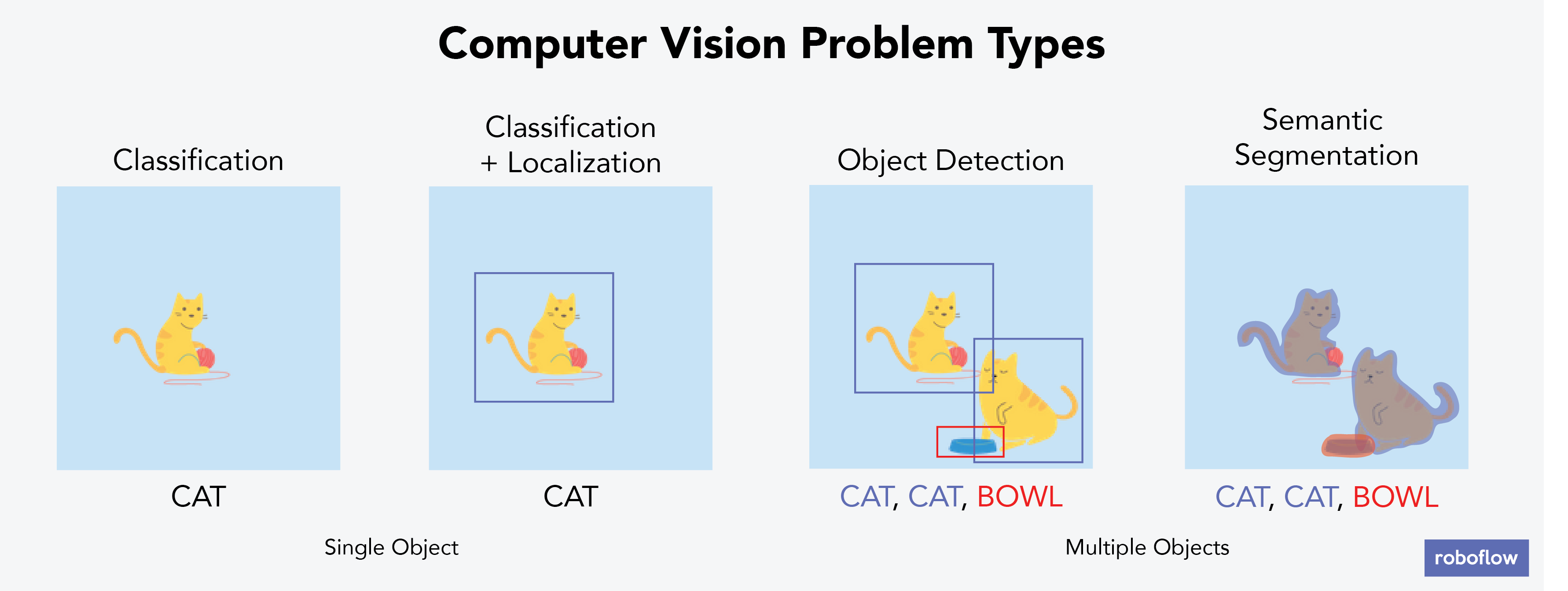
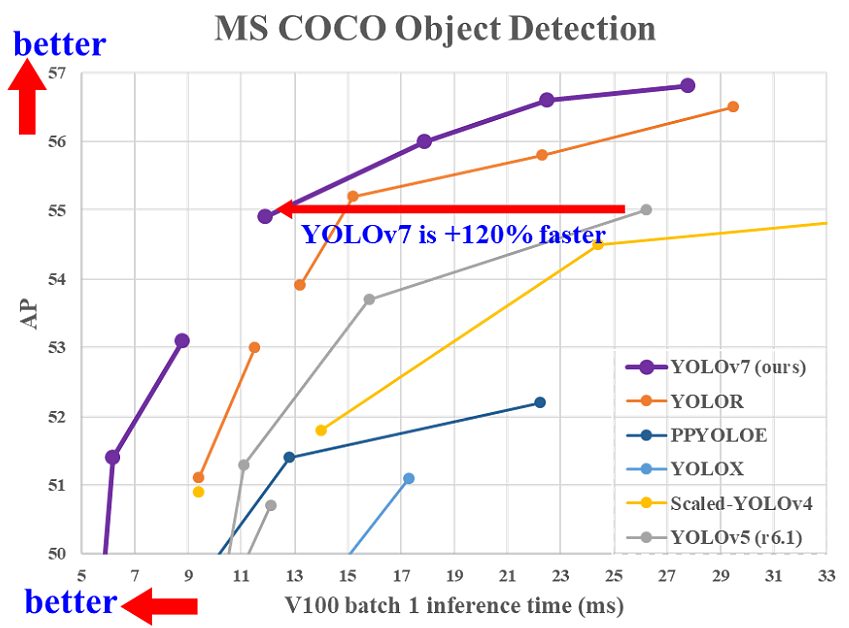
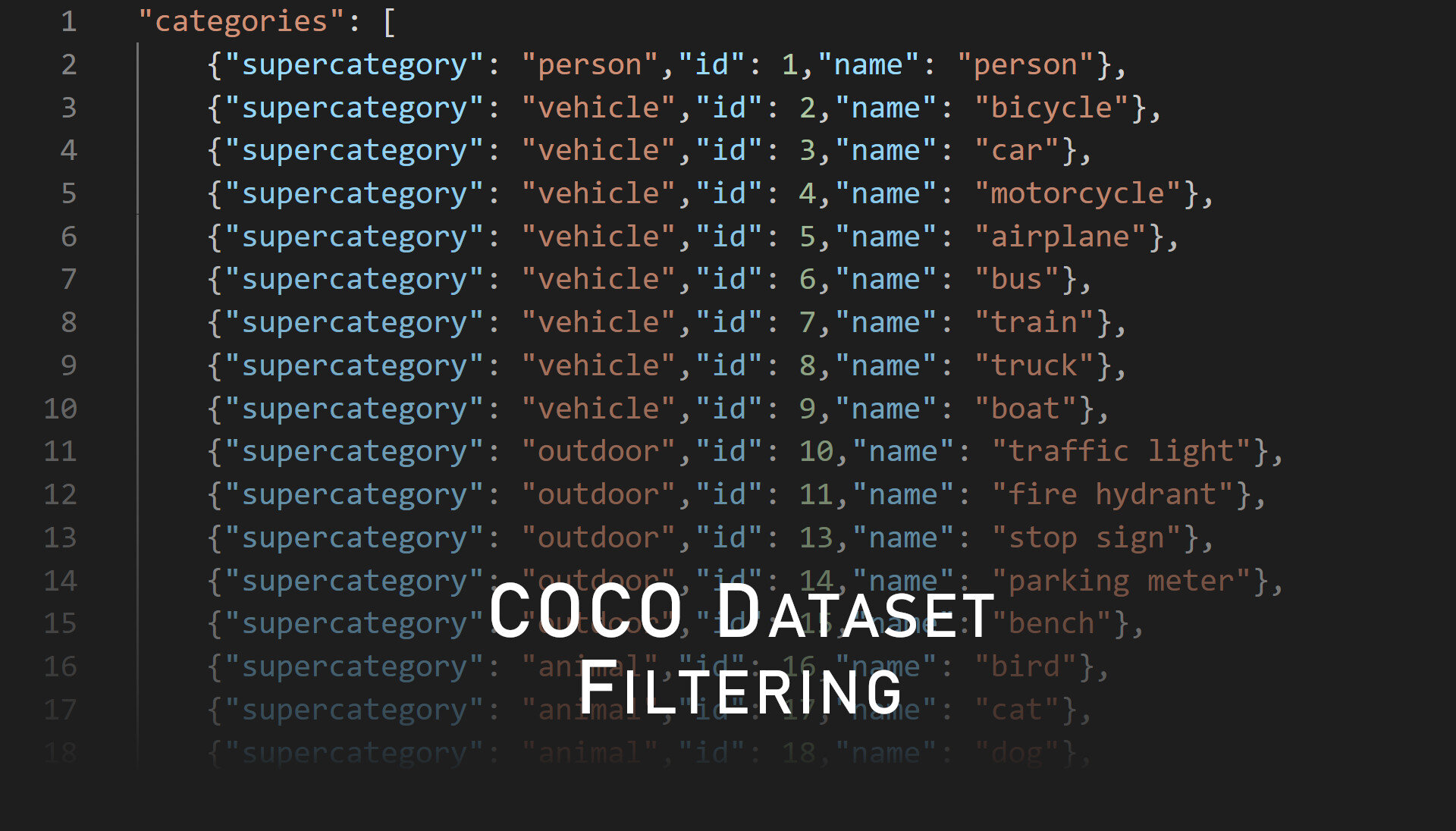
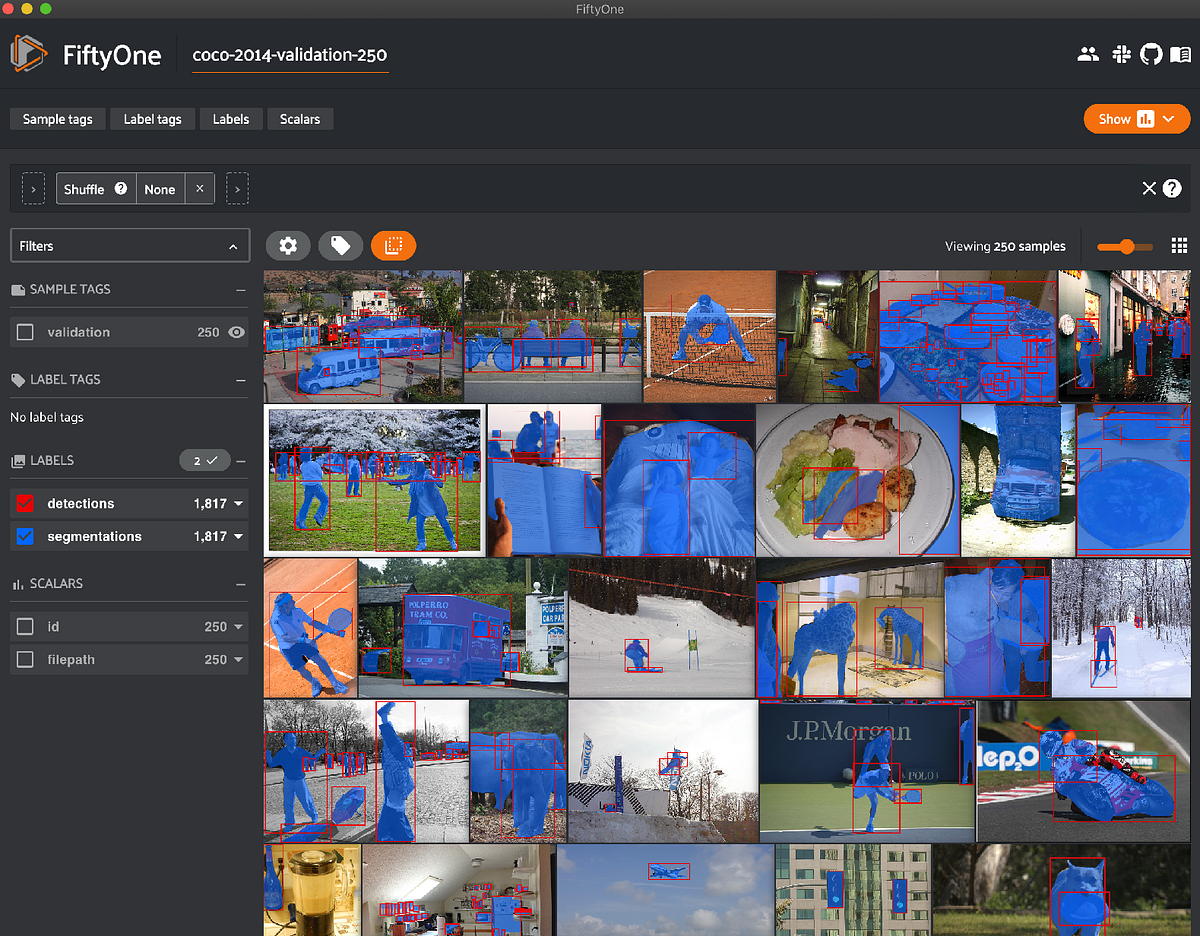




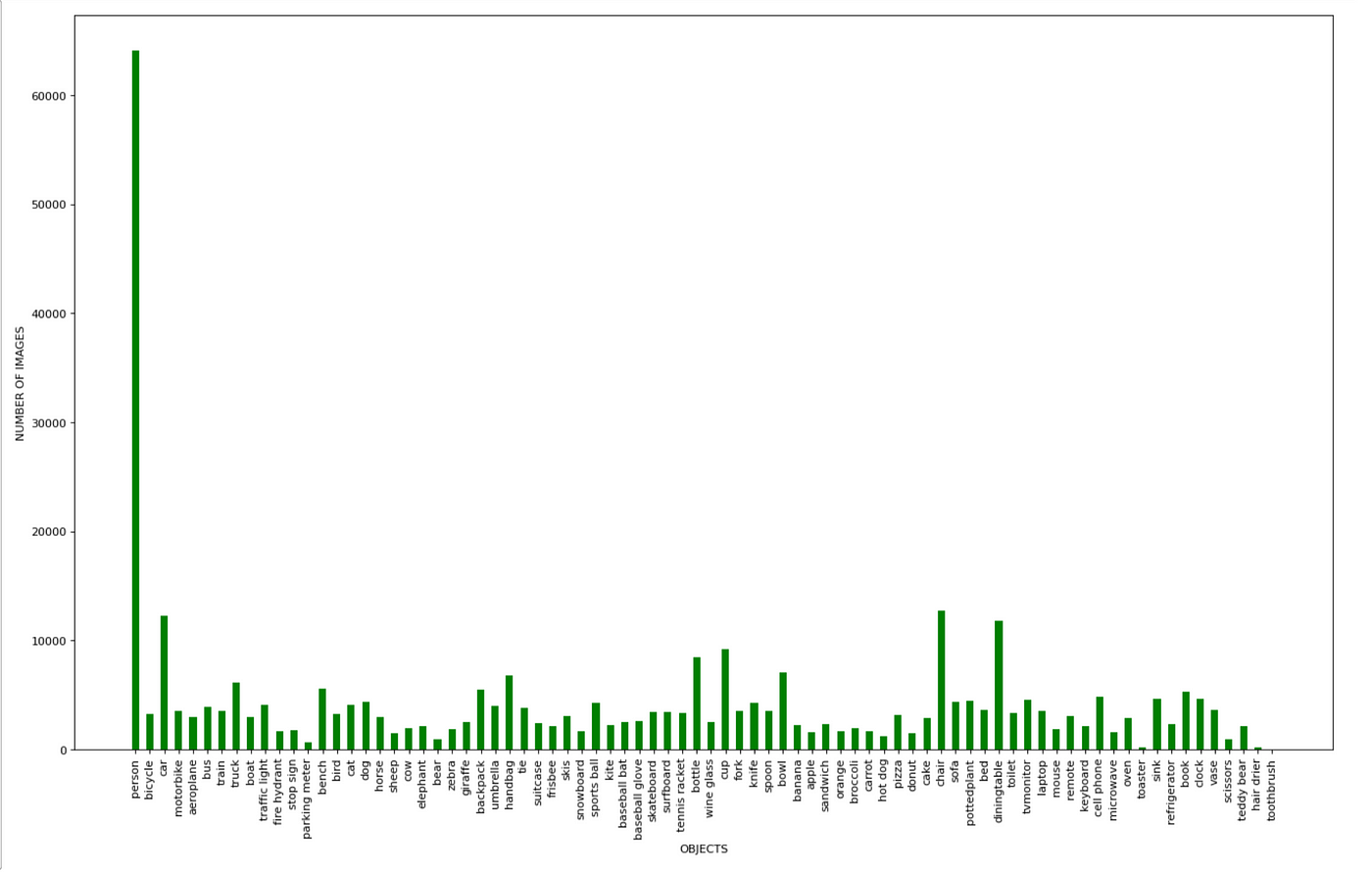

![coco 2017 val annotation file: coco.dataset['categories'] id ...](https://user-images.githubusercontent.com/9106252/37988554-1a3015fe-31f9-11e8-8eb6-21b0d462900c.png)


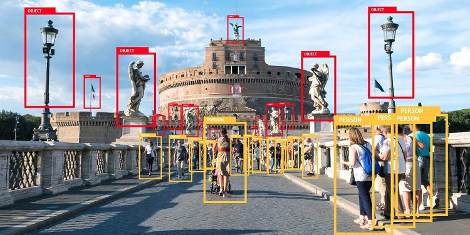
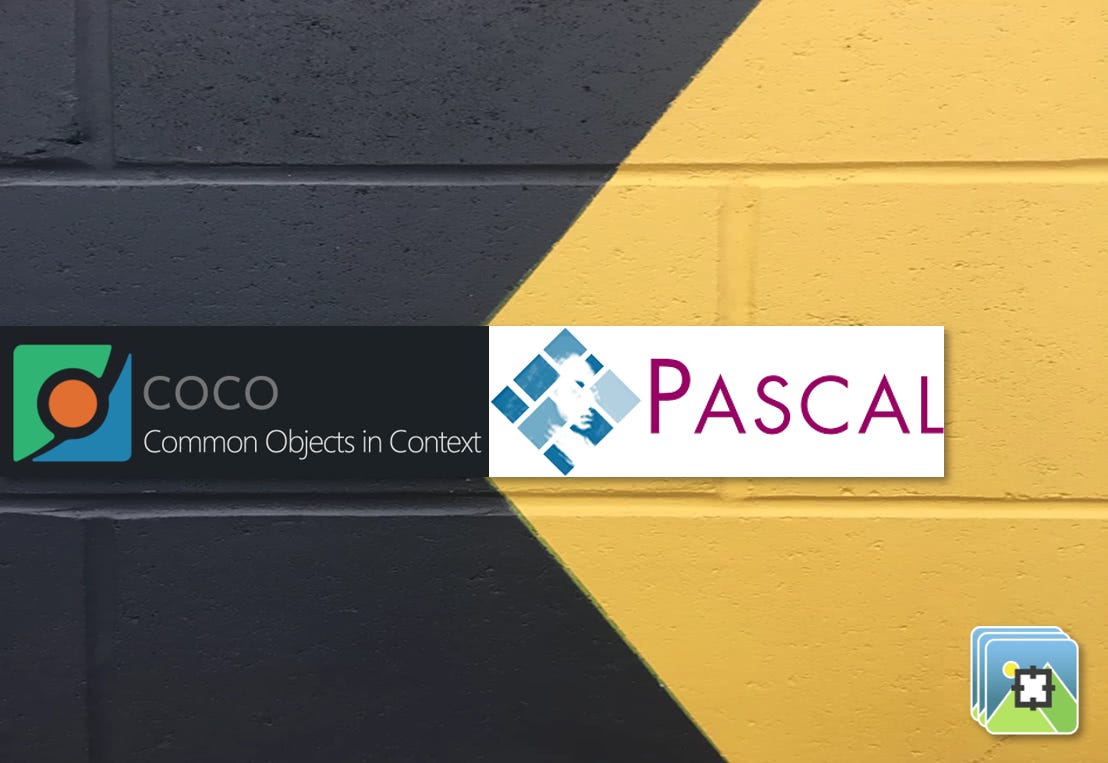

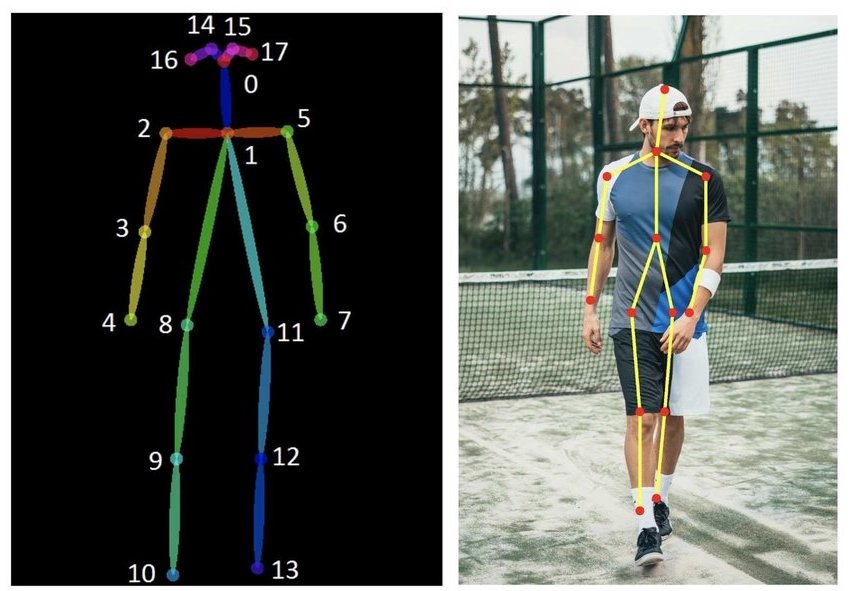


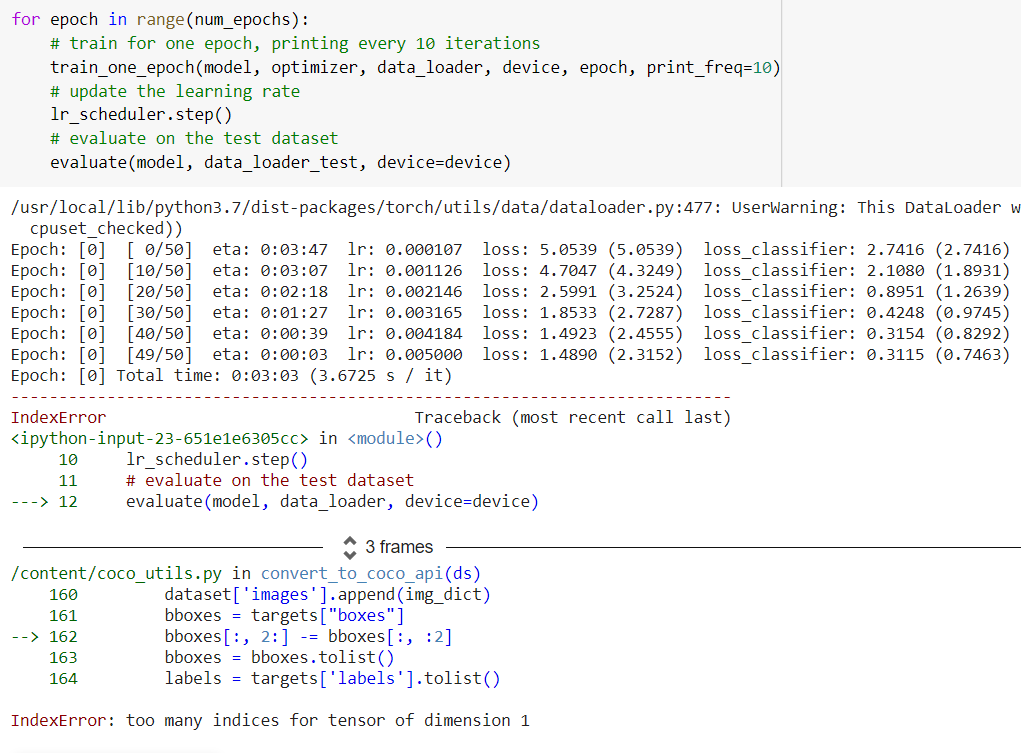



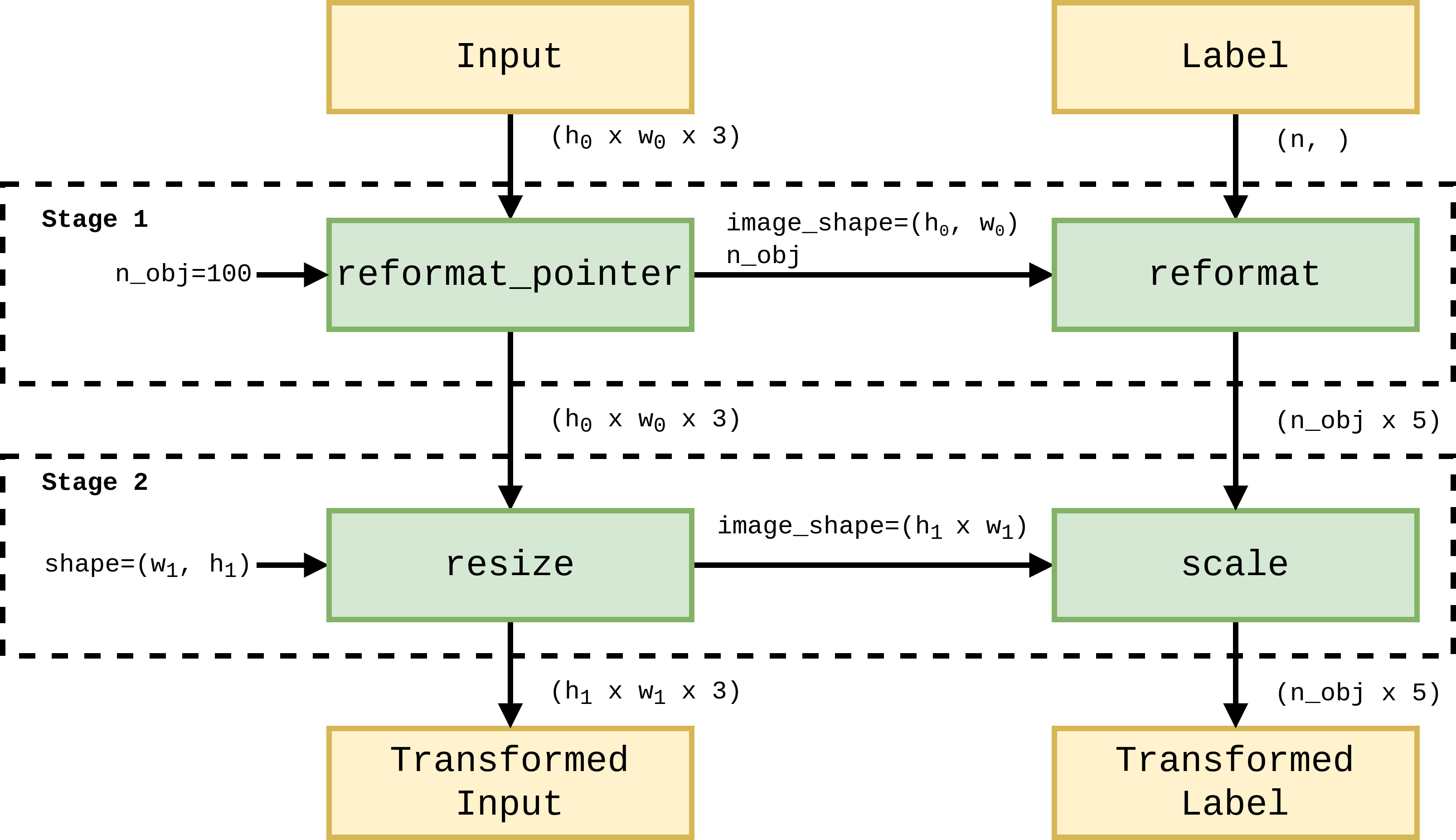
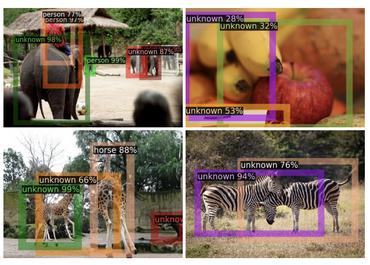

![How To] Prepare and Upload Coco Labels - DataGym](https://www.datagym.ai/wp-content/uploads/2020/05/COCO_data_format_importer.jpg)

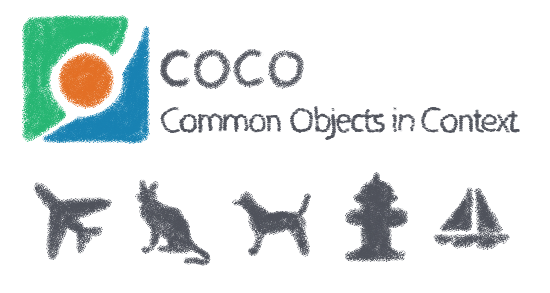
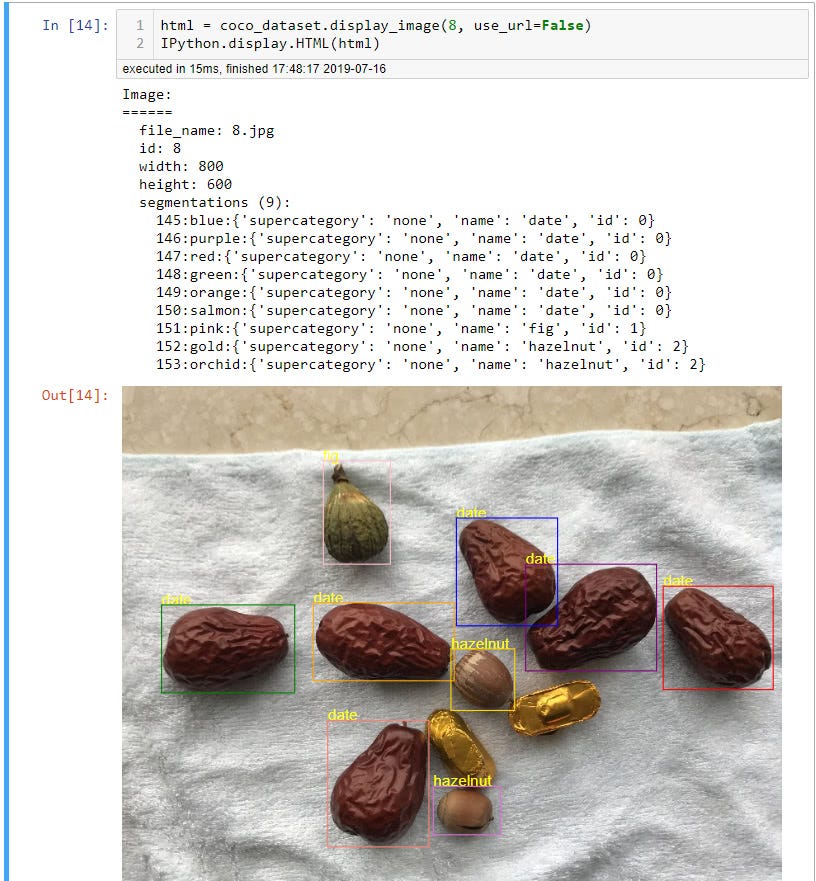
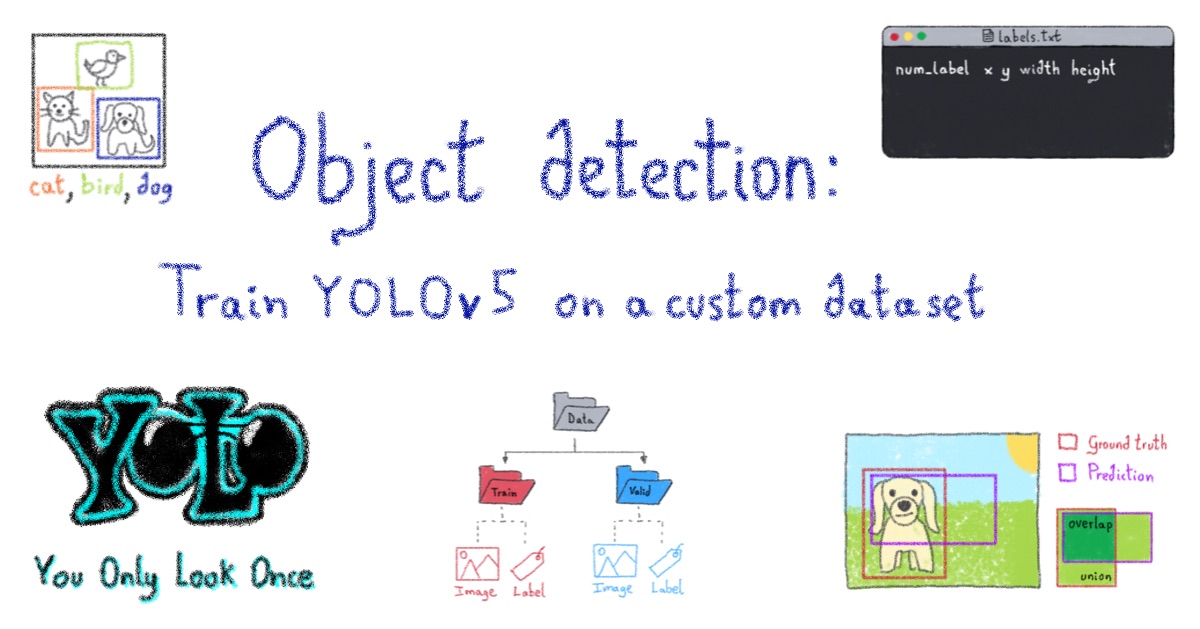
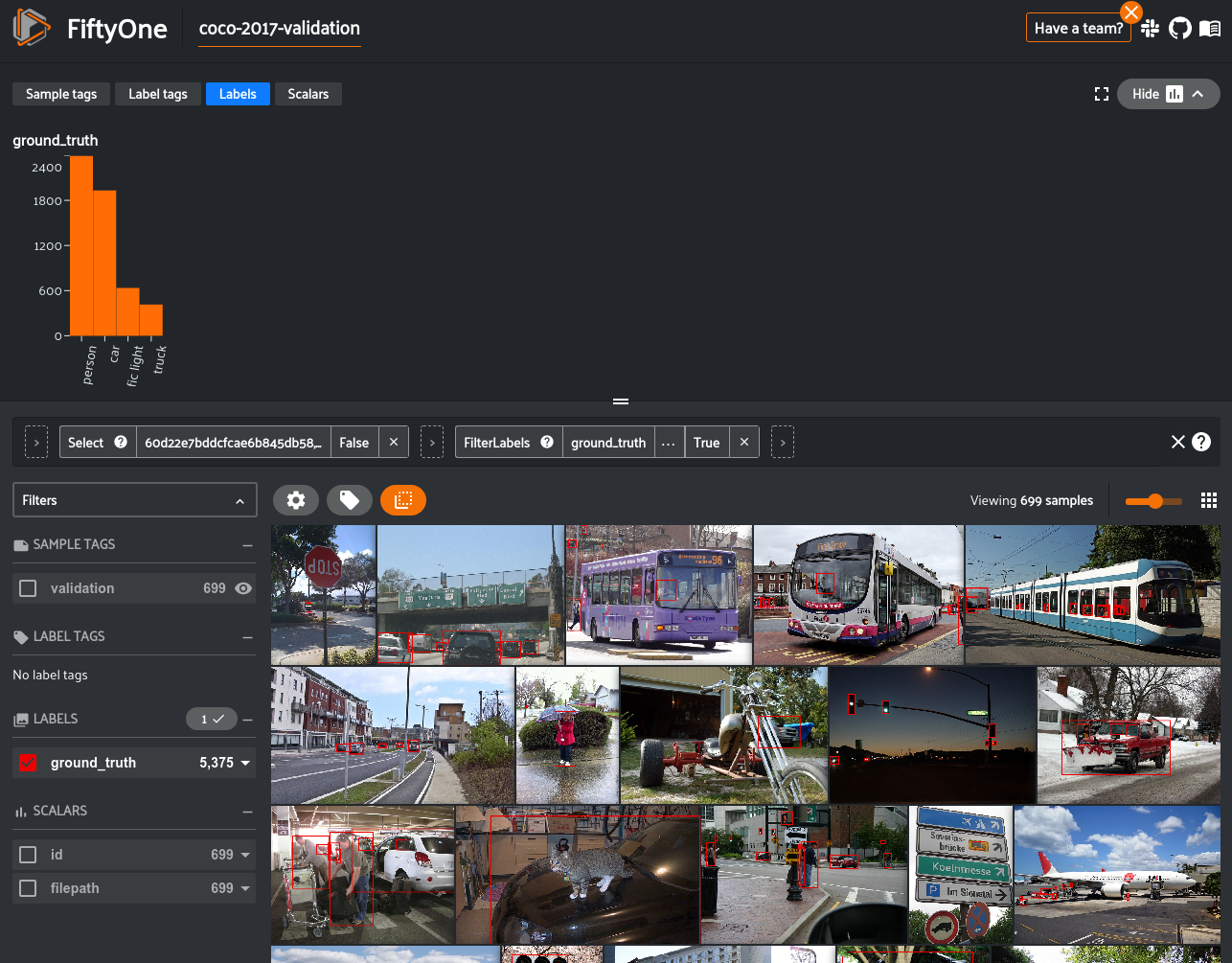



Post a Comment for "41 coco dataset labels list"